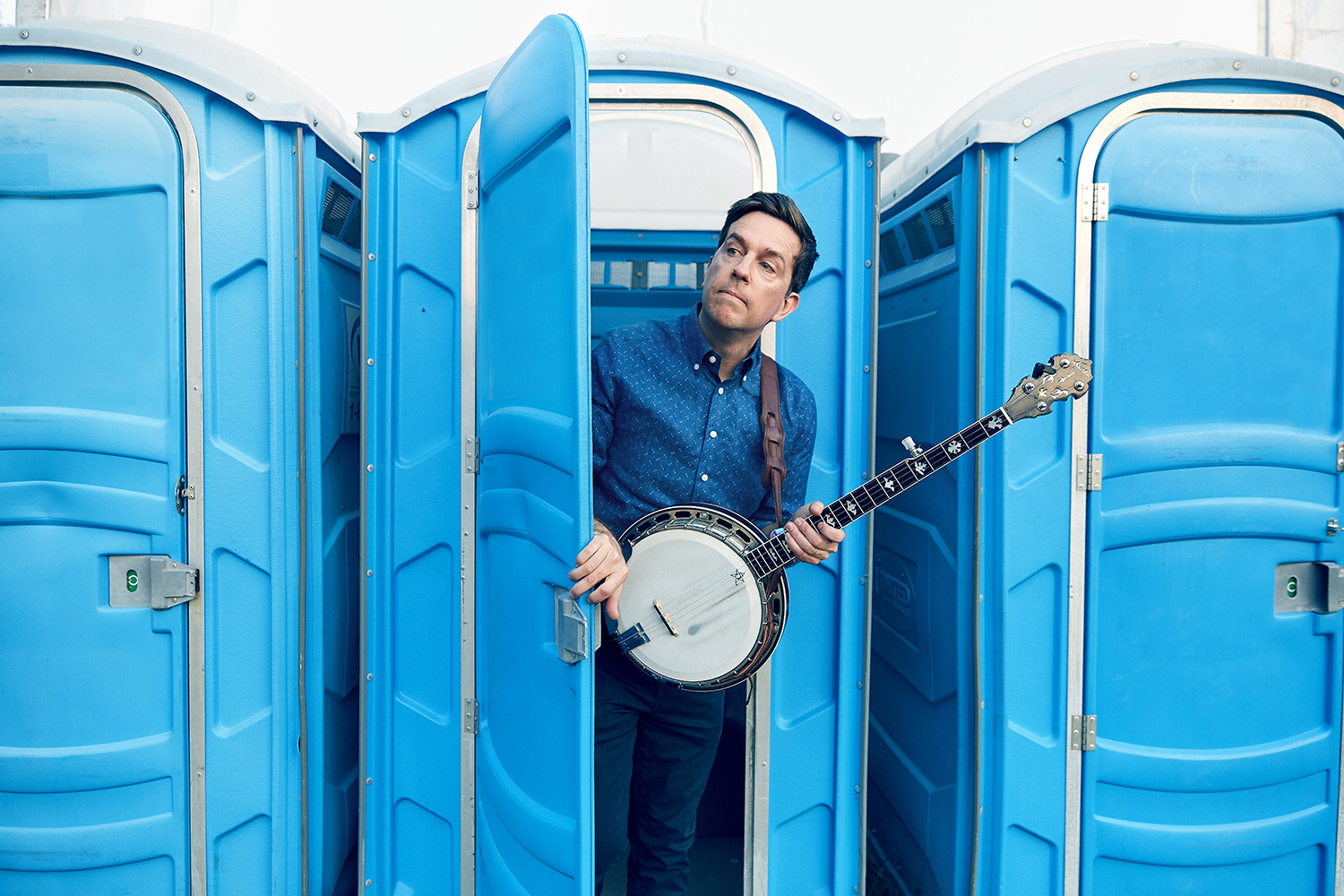With things slowly easing up the world over, it’s time #TravelTuesday got more travel focussed again. I’m Dave Williams and I’m here again, crossing my fingers and checking airline and government notices daily to see when I can go explore again!
I want to share with you the way I find the most cost-effective ways to get shots when I’m self-assigned. When someone else is commissioning a shoot it’s easy—just wait for the tickets and reservations to land in your inbox. But, for self-assignment when shooting stock, for example, it’s a little trickier and every penny counts. That’s why I have developed a system for finding the best prices for flights, hotels, and cars, and it’s this system I want to let you in on today. Being based in the UK it will vary slightly for those of you in the US or other parts of the world, but the system remains similar in all locations.
First up, I need to work out where I need to go. If I’m flying from London to Paris, there are many options, which means there’s healthy competition. London has several airports: Heathrow, Gatwick, Luton, Stansted, and a couple of others. Paris, similarly, has multiple airports. Charles De Gaulle and Orly, serving the city from the north and the south. This range of options means airlines are competing to get you there, and this reflects in the price. Take a look at Stockholm, Sweden, and notice there are three airports: Arlanda, Skavsta, and Bromma. Similarly, New York has JFK, La Guardia, and Newark. Most major cities have multiple airports, which helps to drive the prices down and the options up. But how do I find the best options?
I constantly monitor Hopper to find out the best time to book, and what I mean by this is how far in advance. There’s a whole load of mystery around flight pricing and we know there are controls in place to fill the flights up to make the most profit for the airlines, but what Hopper does is it monitors the prices for major worldwide routes to suggest the best time to book a specific ticket. Once I know this, I know how far ahead to be planning.
Next up, I can do the searching. I tend to start with Skyscanner to gauge the routes available. Skyscanner lets us input a city or an airport, and allows us to select dates or view a range of dates to compare prices. The result is the cheapest ticket. We can select different airlines for different legs of the journey and even different airports for each direction. When I see the results I will go to the airline’s own website to check their price, because although Skyscanner is usually the cheapest option, there is the odd occasion when the airline’s website shaves a couple of quid off the price.
With the flight sorted, I’ll source accommodation. Knowing that I’ll be spending a lot of time out rather than in, it’s more important to me to choose a tactical location than it is to choose the services, etc., that may be available. Some of my favourite places to stay have been in the middle of nowhere, waking up to the sounds of sheep bleating at the door of a mountain in Iceland, with nothing but a bed and a lamp in the room, but perfect positioning to explore the landscape. The best places to find these sorts of accommodations are Booking.com, Hotels.com, and AirBNB. The way I use these is to search the dates and locations, then switch to the map view to view the results geographically, selecting the most appropriate option in terms of price and location to ensure I can get the job done, on-budget. I have an account with each of these companies, and this gives me access to cheaper rates and extras, like early check-in and late check-out, which I’d definitely recommend.
Last on the list is cars. Rentalcars.com is the winner, but a close second is Hotwire. These are price comparison sites as well, and for some reason, I always find the cars cheaper here than with the rental companies themselves. The off-airport companies are always cheaper, but it’s a trade-off whether you’re willing to wait 45 minutes for the agency to send someone to the airport to collect you and to return the car that much earlier at the end of the rental, as well. My top tip for making this cost-effective is to consider that the full insurance is rarely included, and it’s always worth having. The price of a small scrape can run into the hundreds, so unless you have a permanent rental insurance policy, get the insurance (but don’t over-buy it.) Buying it from the rental company when you arrive is the best way to do it to bring down deposits and excesses, rather than buying it through Rentalcars.com or whichever company you used in the first place.
Essentially, it’s important to shop around and put in the research to make your trip as cost-effective as possible. When you’re running a business, this will increase your margins. When you’re not, it’ll save you enough money to be able to see more places! I hope this has been useful.
Much love
Dave




